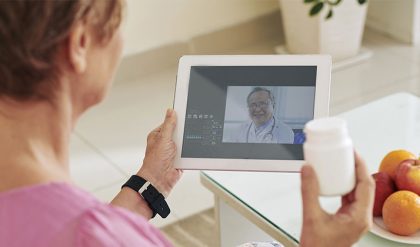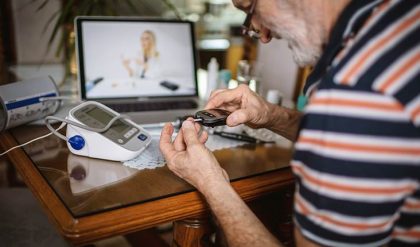According to the American Hospital Association (AHA), 80 percent of a persons health and well being can be tied to their physical environment, economic stability, education, and food insecurity; while merely 20 percent can be tied to their access and quality of care.In a recent report from the Kaiser Family Foundation, the social determinants of health (SDoH) were broadly described as the “the structural determinants and conditions in which people are born, grow, live, work and age.” The recent report from the Foundation categorized SDoH into six categorizes including factors like “socioeconomic status, education, physical environment, employment, and social support networks” alongside access to health care.
The same report highlighted specific non-health sectors that impact ones health and well being. For example, access and availability to transportation in turn effects employment, socioeconomic status, access to healthy foods, and access to healthcare and thus plays a crucial role in determining ones health status.
Place-based initiatives have grown in prominence in recent years, but the critical question remains: how do incorporate non-health sectors into the healthcare system? Telehealth could serve as the missing link.
Several months ago, the OJPHI, published an article highlighting a new study in Macon County Alabama creating a Telehealth EcoSystem™ Model. The Telehealth EcoSystem™ Model in Macon focuses on addressing the SDoH from access to care to housing and public transit through a three-step process.
First, success of the Telehealth EcoSystem™ Model will depend upon cross-sector partnerships. In Macon, the Tuskegee Macon County Community Foundation, Incorporated (TMCCF), Westat, and A2D have partnered to improve rural health and community and economic development.
The next phase will be the incorporation of telehealth and internet services to share data and electronic health records (EHR) across sectors and organizations. As well, the article notes that “telemedicine, tele-dentistry, and eMobile health can facilitate access to medical care and help lower the overall cost of health care.”1 The expansion of telehealth and intranet services will enable egalitarian access to services and information, but will require expansion of internet services to rural and communities.
Phase three focuses primarily on the continued expansion of the Telehealth EcoSystem™ Model in order to further reach rural and vulnerable communities.
Thus, improving health outcomes in rural, impoverished communities will require more than expanding access to quality care. It will require a cross-sector approach to care that integrates services from across the social determinants of health. This integration will be best accomplished utilizing telehealth and health-technology.


